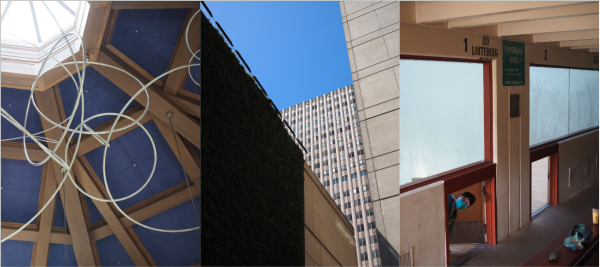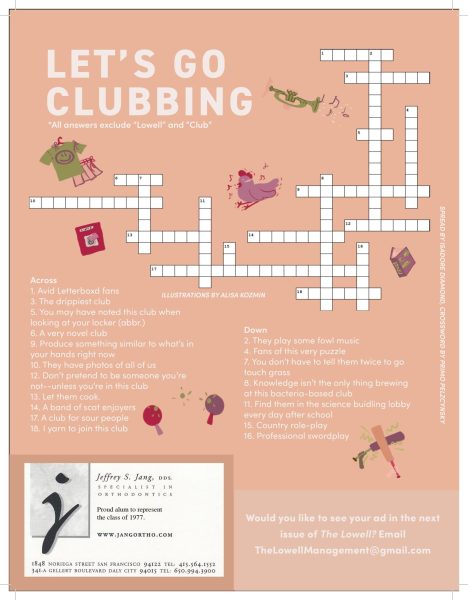Why the distance learning schedule works for students
Lowell has long been known for our lengthy and unforgiving school days. With classes starting as early as 7:50 a.m., and up to seven classes a day, students have had a rough time. But, the pandemic changed everything. A year ago, Lowell students would have dreamed for a later start and a shorter school day, and now it is a reality.
Because of the later start and the regular breaks between live Zoom sessions, we believe this schedule allows for students to have a fulfilling learning experience, even during a pandemic. When we return to school in the future, it is imperative that Lowell’s administration creates a schedule with the same benefits to student wellbeing and academic success that this one has brought.
One of the major positive changes this distance learning schedule has brought is the later starting time. Beginning at 9 a.m. instead of 7:50 a.m., students have much more time to sleep and get ready before school starts. Considering students’ general appreciation of late-start Mondays in the past and the prevalence of sleep deprivation among students, this change is significant. When students are able to have a more restful night of sleep, we wake up in a much better mood, and our brains are refreshed and ready to learn. A year ago, Lowell students would have dreamed of a later start and a shorter school day, and now it is a reality.
Another benefit of this schedule is that asynchronous blocks are spread throughout the day. These blocks provide students with a much needed respite from the synchronous class sessions. Sitting in class for hours at a time can be tiring, and these breaks give time for students to take care of themselves. This is also more accommodating for different home situations, allowing students to take care of their siblings or grandparents with minimal stress while participating in distance learning.
A qualm students have had with the current schedule is that the 35-minute synchronous Zoom classes can feel a bit rushed in order to make time for the alternating 35-minute asynchronous blocks. Because of this, some students who oppose the schedule feel that they are not able to get the full value out of the classes they signed up for. However, the longer asynchronous blocks were implemented with students’ wellbeing in mind. This was to give a substantial amount of rest to mitigate fatigue and the difficulty of being on screen and in class all day long, according to Assistant Principal Joe Dominguez. Additionally, there were restrictions from SFUSD and the state on how the schedule was to be formatted, and Lowell also needed to cater specifically to every student in giving them the classes they picked during Arena.
All in all, even with less instructional time than in a normal year, there is still enough work to keep students engaged and learning. An anonymous junior feels the schedule provides a good in-between for them, giving them sufficient break time while having enough learning time to stay active academically. “I think the breaks are really important, especially if you’re taking a lot of hard courses,” he said.
The fine-tuning that the Lowell administration did to the distance learning schedule is commendable. In addition to having a significant positive impact on the preservation of students’ mental health, the schedule has done a good job in upholding academic standards for students.
We believe that in the future, the Lowell administration should create a schedule with the same benefits the synchronous and asynchronous schedule has provided for us. By making permanent changes in future schedules to provide a learning environment that is both healthy and motivating for students to be in, using the schedule created in response to the pandemic that prioritizes student wellbeing as a framework, Lowell can become a better school and community as a whole.






Anonymous • Nov 22, 2020 at 9:54 pm
We should not generalize the circumstances of students in the Lowell community. Regardless of the experiences of some, this schedule is likely too demanding for many students. Many students have disadvantages and limiting factors, from mental health issues and home life struggles to outside responsibility. The pandemic has had a major effect on many students and their families. It seems that Lowell is accustomed to privilege and does not realize the struggles of some students, especially the disadvantaged populations. Also, the fact that a schedule with students having an ONLINE workload that is the equivalent of a full time employment* is considered to be a “reasonable” workload for students DURING A GLOBAL PANDEMIC truly says something about the toxic and competitive culture of Lowell.
*Given that asynchronous blocks are still considered educational minutes, as they should be